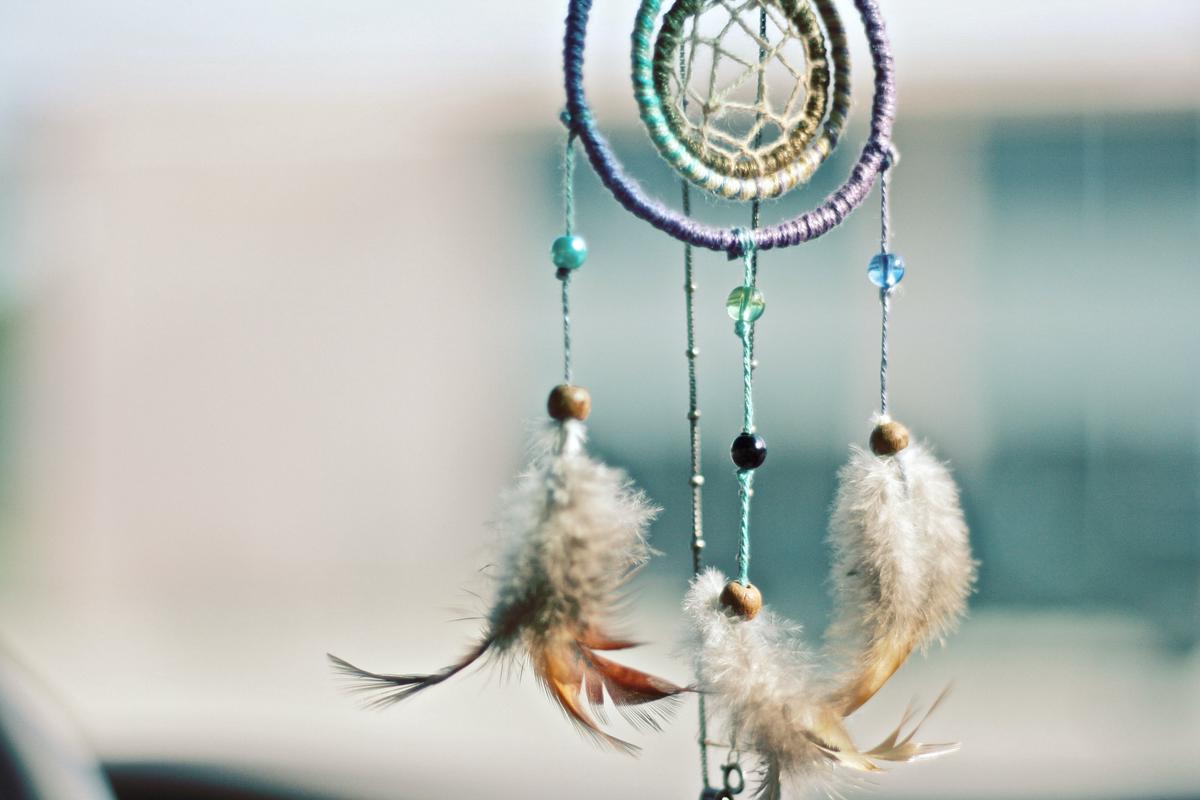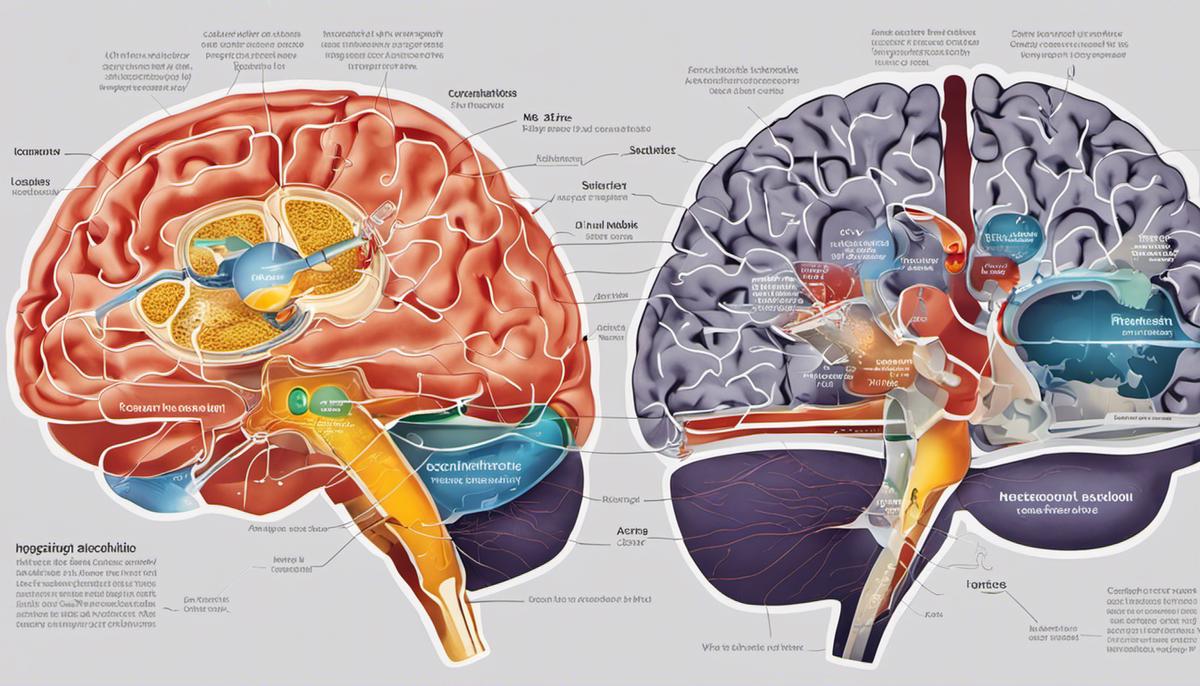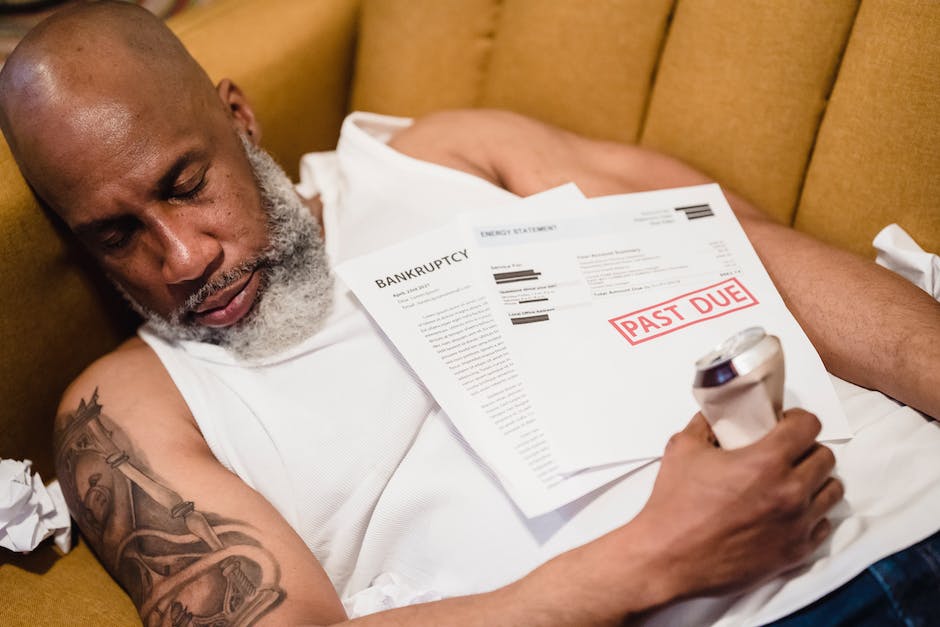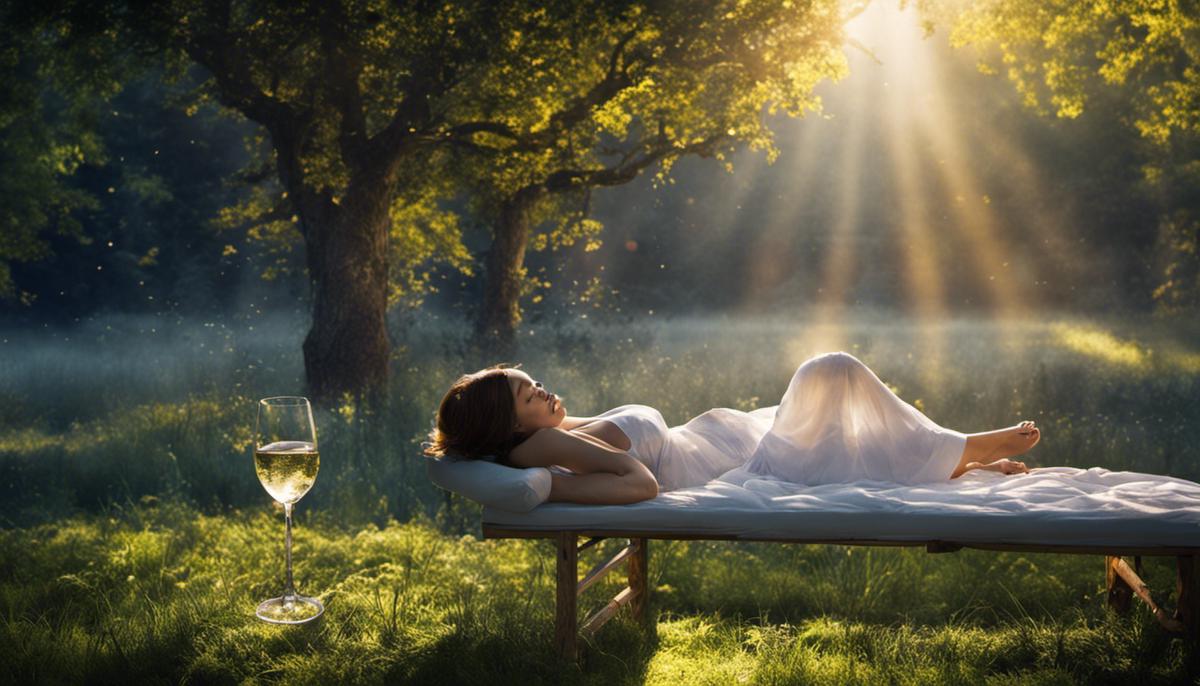Delving into the enigmatic realm of dreams, there lies a captivating interplay between external factors and our nocturnal narratives. While a myriad of components can affect the intensity of dreams, ranging from emotions to stress levels, the potentially augmentative impact of substances such as alcohol has remained a subject of significant intrigue. In this exploration, we aim to comprehensively unravel the complex relationship between alcohol and dream intensity, bringing into focus the overall impact of alcohol on the brain and its specific effects on sleep patterns — a pivotal aspect directly linked with dream production.
Understanding Dream Intensity
Understanding Dream Intensity
Dream intensity refers to how realistic, detailed, or emotional our dreams are. There are different dimensions to dream intensity, ranging from vividness, level of activity, interaction, and emotional investment. More intense dreams can feel incredibly real and might involve a higher degree of active participation, heightened emotions, or more detailed and clear sensations.
One of the key variables affecting dream intensity is daytime emotional experiences. Emotions experienced in our waking states often correlate with the emotional intensity of our dreams. If someone has experienced more intense emotions during the day, they might have more intense dreams the night after. Stress is another major factor that affects dream intensity – periods of high stress, anxiety or trauma can trigger intense dreams or nightmares.
The Role of External Substances: Alcohol and Dream Intensity
One important external factor that can impact dream intensity is the consumption of substances like alcohol. Alcohol works as a sedative, which can help individuals fall asleep faster. In the initial stages of sleep after drinking, dream occurrence is less frequent, and dreams might be less vivid or intense due to the suppression of REM (rapid eye movement) sleep, a period of sleep when we tend to dream the most.
However, as alcohol is metabolized by the body and its sedative effects wear off, there can be a so-called ‘rebound effect’ where the stages of sleep become disrupted. This rebound effect can result in a greater amount of REM sleep, often leading to more dreams and in many cases, more vivid or intense dreams. This process is often referred to as ‘REM rebound’.
Several studies have connected alcohol with more intense, vivid, and bizarre dreams. Alcohol-induced dreams might also be more negatively toned or more emotional in content, sometimes featuring themes related to fear, sadness, or anger.
It’s also worth noting that chronic heavy drinking and subsequent withdrawal can exacerbate dream intensity, resulting in disturbing or vivid nightmares. In serious circumstances, the individual may even experience ‘delirium tremens’, a condition characterized by shaking, confusion, high blood pressure, and intense hallucinations, which might involve dream-like states even while awake.
Emotions, Stress, Alcohol, and Dream Intensity
Our dreams, particularly their intensity, are significantly influenced by a variety of interrelating factors such as emotions, stress, and alcohol consumption. When we experience stress, our dreams tend to be more vivid or even transition into nightmares. Alcohol has the capability to momentarily curb these intense dreams, although their potency often heightens after the effects of the alcohol have dissipated. This cycle may amplify when high levels of stress repeatedly intersect with routine alcohol intake, possibly inciting a phase of extreme dreaming or unsettling nightmares when one refrains from consuming alcohol or is experiencing withdrawal symptoms.
Conclusively, dreaming and its intensity is a complex occurrence shaped by numerous overlapping variables that include our emotional state, our stress levels, and our use of external substances like alcohol.

Photo by organicdesignco on Unsplash
The Impact of Alcohol on the Brain
Alcohol and its Wide-Ranging Influence over Brain’s Functions
Alcohol deeply impacts our brain and its various functionalities, including our sleep patterns and the generation of dreams. It engages with our brain’s neurotransmitters – the elements that control everything from our actions to our mood, and which communicate by sending signals through the countless nerve cells, or neurons, in our brain. Alcohol typically restricts the activities of our brain’s excitatory neurotransmitters, thereby diminishing overall brain activity. On the other hand, alcohol amplifies the actions of inhibitory neurotransmitters, inducing a sedating effect. As a result, although alcohol initially brings about feelings of relaxation, as its presence in the bloodstream enlarges, it can prompt drowsiness, impaired decision-making abilities, and even loss of consciousness.
Impact of Alcohol on Sleep and Dream Production
The role of alcohol in sleep and dreaming is a much-explored area of neuroscience. The sedative effects of alcohol might make falling asleep easier for some, but this facet is both misleading and temporary. As the metabolism works to eliminate alcohol from your body throughout the night, it disruptively affects your sleep patterns, particularly those concerning the Rapid-Eye-Movement (REM) stage of sleep. The REM stage is where most of your dreaming occurs. Following alcohol consumption, individuals often experience a reduction in REM sleep in the first half of the night and a rebound effect in the second half, leading to intense, vivid, and sometimes disturbing dreams.
Alcohol-Induced Alterations in Brain Chemistry
High levels of alcohol consumption over a long period can cause a permanent shift in brain chemistry. Alcohol primarily interferes with the balance of gamma-aminobutyric acid (GABA) and glutamate, two significant neurotransmitters in the brain. Alcohol increases the effect of GABA, the inhibitory neurotransmitter, resulting in feelings of calm and relaxation. At the same time, alcohol inhibits glutamate, an excitatory neurotransmitter, which further slows brain activities.
Interaction Between Alcohol and Brain Chemistry
Dependency and addiction to alcohol can result from the overstimulation of inhibitory signals and the suppression of excitatory signals, which, in turn, leads to the development of alcohol tolerance. Such alterations in brain chemistry extend their impact beyond just the sleeping pattern, influencing the nature and intensity of our dreams. The outcome is frequently an increase in dream recall strength and the manifestation of unusually vivid or strange dreams.

Alcohol and Sleep Patterns
Alcohol’s Negative Impact on Sleep Quality
Despite common misconceptions that alcohol aids sleep due to its initially sedating effects, the truth lies in its potential to disrupt one’s regular sleep patterns and quality. Alcohol messes up the body’s natural sleep-wake rhythm and unsettles the usual progression of sleep stages, which usually results in poorer sleep quality and distressing dreams.
The Impact of Alcohol on Sleep Stages
The sleep cycle consists of several stages, including REM (Rapid Eye Movement) sleep, which is the stage associated with intense dreaming. Alcohol can disrupt a person’s ability to achieve REM sleep. This is because alcohol has a sedative effect, which may induce a deep sleep quickly but this sleep is often of lower quality and frequently interrupted, leading to wakefulness and potentially preventing the dream-intense REM sleep stage from occurring.
Alcohol and REM Sleep
Heavy drinking can depress the central nervous system, slowing brain activity and altering the production of neurotransmitters. These changes can reduce the time spent in REM sleep and increase the time spent in the less restorative non-REM sleep stages. People who drink heavily before bed often experience fewer dreams. When the effects of alcohol wear off in the middle of the night, the brain may compensate by increasing REM sleep, which could potentially lead to intense, vivid, and often disturbing dreams, a phenomenon sometimes referred to as “REM rebound”.
Alcohol and Sleep Quality
Alcohol can not only affect the quantity and intensity of dreams but also has a negative impact on overall sleep quality. It can lead to frequent awakenings, night sweats, nightmares, headaches, and other side effects that interfere with a good night’s sleep. Regular and long-term consumption of alcohol can exacerbate these problems, leading to chronic sleep deprivation, insomnia, and other sleep disorders.
Long-term Implications and Alcoholism
Over the long term, chronic alcohol use can perpetuate a vicious cycle, disrupting sleep and reducing dream recall or causing unusually vivid dreams when withdrawal or REM rebound occurs. People with alcoholism frequently experience significant sleep disturbances, including insomnia and alterations in their sleep architecture. It is important to understand these potential effects, as impaired sleep or dream intensity can have wide-ranging impacts on overall mental health, cognitive function, and quality of life.
Understanding Alcohol’s Effects on Sleep and Dream Intensity
Alcohol can often lead to a deceptive sense of somnolence or sleepiness. However, the kind of sleep typically experienced after alcohol consumption is often fragmented and of lower quality. Furthermore, it can interfere with the natural process of dreaming. Some people might experience a dreamless sleep, while others could have incredibly vivid dreams due to a phenomenon known as REM rebound. Grasping the multifaceted relationship between alcohol and sleep enables individuals to make informed choices regarding their drinking habits and understand its consequent impact on their sleep and dream patterns.

Alcohol and Dream Intensity
The Disconnected Link: Alcohol and REM Sleep
Alcohol’s impact on dreaming primarily hinges on its interaction with the Rapid Eye Movement (REM) sleep phase, which is when the most vibrant dreams occur. Typically occurring about 90 minutes after you first fall asleep, REM sleep reoccurs throughout the night at various intervals, making up around 20-25% of the whole sleep cycle in adults.
Alcohol Consumption and Increased Dream Intensity
Observational studies have noted that after alcohol consumption, individuals might wake up with vivid and intense dreams. The root cause for this lies in alcohol’s effects on our sleep architecture. When we consume alcohol before sleep, it can lead to a condition known as ‘parasomnia,’ a group of sleep disorders that involves unwanted experiences or events occurring while you sleep. These could take the form of intense dreams, night terrors, or sleepwalking episodes incentivized by the changes and disruptions in sleep patterns caused by alcohol.
An increased intake of alcohol stimulates glutamine production, a natural stimulant in our bodies. When alcohol effects start wearing off in the middle of the night, the heightened glutamine levels cause abrupt awakenings, often during the REM phase of sleep. This awakening can result in the recall of vivid, intense dreams, or nightmares.
Alcohol and Dream Intensity: Potential Reasons
Several theories have been proposed to explain why alcohol could lead to more vivid dreams. One hypothesis is based on alcohol’s sedative effect, which can cause an individual to fall asleep faster than normal, potentially causing an intense and abrupt descent into REM sleep and thus amplifying dream intensity.
Another reason revolves around the rebound effect of REM sleep. When alcohol suppresses REM sleep early in the night, it rebounds later in the sleep cycle. As a result, dreams can be more vivid or intense due to the increased density of REM sleep towards morning.
The disruption of normal sleep cycles and sleep architecture by alcohol is cited as yet another reason behind vivid dreaming. Research suggests that these disruptions, coupled with a fragmented rest due to frequent awakenings, could contribute to increased memory of dreams, leading to a perception of higher dream intensity.

Weaving together the threads of understanding from detailed analyses of dream intensity, alcohol’s effects on the brain, sleep patterns, and the innovative research of multiple scientific studies, it becomes lucidly clear that alcohol plays a profound role in augmenting the intensity of dreams. This relationship, intricate and laden with various chemical interplays, underscores the importance of cognizance of our substance consumption and its potential implications on our sleep and dream quality. As we continue to enrich our understanding, let us embrace the complexity of this relationship, shedding light on the fascinating dance between alcohol and our dreams, and the myriad of factors that shape our nocturnal narratives.
